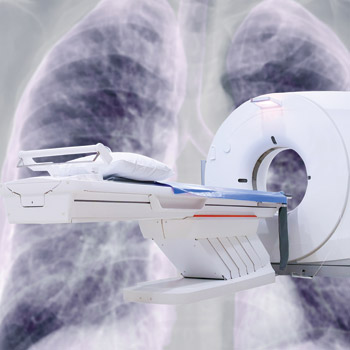Observe, listen, feel: Going back to Osler
These three skills hold enormous opportunity to strengthen physicians' diagnostic acumen.
I want to talk about the power of listening. I want to talk about the power of observation. And then I want to talk about the power of feeling. These are skills that are deemed obsolete but still hold so much opportunity to strengthen our diagnostic acumen.
One of the most impactful moments in my career came as a precocious first-year medical student at Tulane in 1978-79. I found a way to go on rounds with a senior medical student (a rumored star medical student) who by word of mouth had great clinical prowess. I wanted to be in this student's space and try to understand what was so distinctive and distinguishing about the student. After going on rounds, and being thoroughly impressed, I raised the question: “So how do you get good at this?” The student responded, “You should know the name William Osler.” I knew of Osler but I had not studied him. The student shared with me a directive from Osler: “If you but listen, the patient will always tell you the diagnosis.”
I doubted the reality of such a statement but time and time again in my career, listening has led to a diagnosis. Forty years later, that lesson remains embedded in my mindset, seared in my memory. Here is a tip for today's world: Turn away, or better yet, turn off the computer when evaluating a patient. You will learn much from the provision of your undivided attention.
One of my most esteemed lecturers made a statement in our physical diagnosis class that just connected with me and that still connects with me: Get in the habit of looking at every person as a patient, all the time, and use your power of observation, refine your skills, and consider possible diagnoses just based on careful observation. Learn to see pathology. I didn't limit my observations to the bedside (inpatient) or the chairside (outpatient). I would (and still do) walk along the street making diagnoses, walk in a building, walk in an auditorium, making diagnoses. The power and the practice of observation allow you to see subtlety.
One of my lifelong mentors was James Willerson. He was my chief of cardiology at UT Southwestern Medical Center and was twice the editor of Circulation. He insisted on thorough clinical examination; learn how to feel, learn how to touch patients. If you're trying to sense a temperature difference for a patient, the dorsum of your hand is more sensitive than the palmar surface. Start at a patient's knee with the back of your hand and move your hand from the knee to the ankle. I can tell exactly what the cardiac output is by feeling to what extent the extremities are not just cool, but where there is a temperature transition and knowing the pulse pressure. That's how you learn about the adequacy of perfusion. Another tip: Try to feel the meniscus of an edematous limb. Don't think it's possible? Slow down and just feel. Learn how to palpate correctly. Whether you palpate the abdomen, the precordium, the lateral chest (e.g., point of maximal impulse, S3 gallop, thrill of MR), there is clinically important information ascertained just by feel. There really is power in your touch.
Yes, be enamored with technology; be facile with electronic health records; but importantly, develop powerful listening, powerful observation, and powerful hands.




